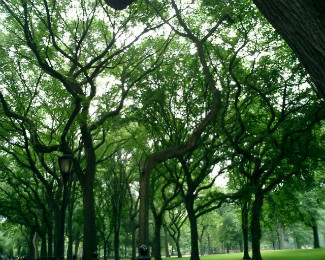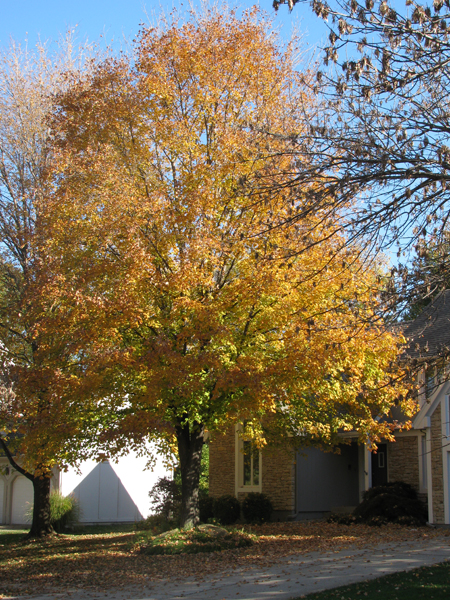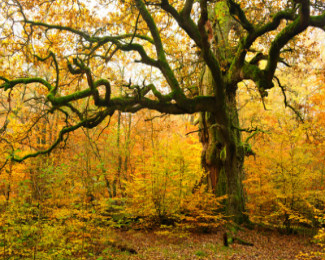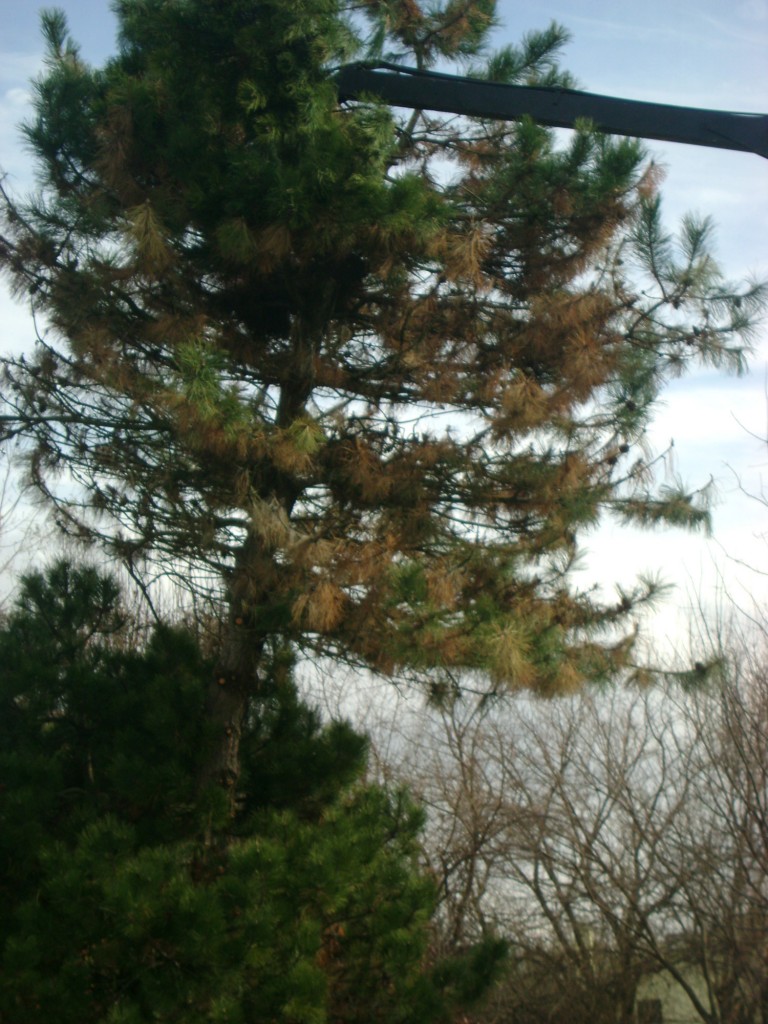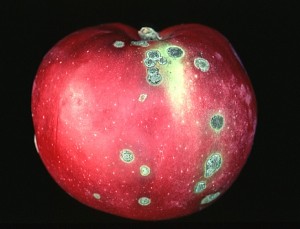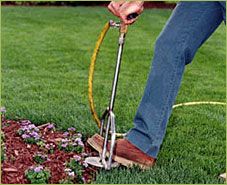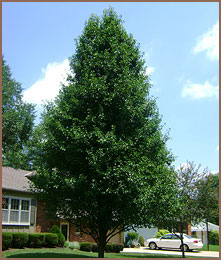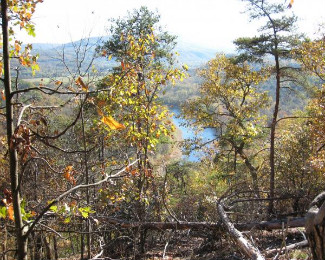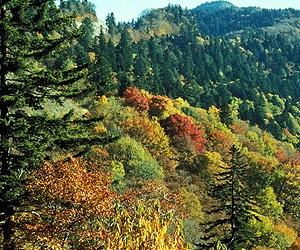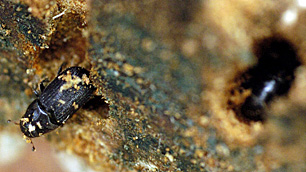The National Science Foundation (NSF) recently revealed the results of an 18-year study on 27,000 trees. The study revealed that tree growth, as well as a tree’s ability to produce viable seeds, may be more sensitive to climate change than previously thought. Some of the factors affecting tree growth and reproduction include earlier spring warming and summer drought.
New Study Reveals Trees May be More Sensitive to Climate Change Than Previously Thought
How Your Trees Can Increase Your Home's Energy Efficiency
We may not be landscape architects, but we do know a thing or two about how beneficial trees can be in regards to your landscape. When placed around your property in a strategic manner and maintained properly, trees can enhance the beauty of your home and lawn. But the benefits of trees don’t stop there – trees can in fact help increase your home’s energy efficiency!
Can Ancient Trees Help Forests Grow?
A new study out of the Department of Biology at McGill University has shown that large older trees could be very important in the growth of today’s forests. The study was conducted by Dr. Zoë Lindo, a post-doctoral fellow, and Jonathan Whiteley, a doctoral student. The findings of the study highlight the importance of maintaining large old-growth trees in coastal temperate rainforests stretching from Southern Alaska to Northern California, according to Science Daily.
It's Time to Take Action Against Tip Blight
Tip blight, or pine blight as it is often called, is another common problem among the pine trees here in the Kansas City area, especially in Austrian and Scots pines. As we’ve previously mentioned, tip blight is a fungal disease that typically affects pine trees that are 15 years of age and older. It infects the growing buds and shoots, causing the newest needles of a tree to have stunted growth and turn brown in color, according to Landscape-America. After needles have been infected, they stop growing. It is important to note that symptoms of tip blight are not limited to the needles. Tip blight can affect future tree growth by damaging the terminal buds during infection, as well as stunting the growth of twigs and deforming them.
What is Apple Scab... and How Do You Treat It?
Apple scab is a common disease among trees here in the Kansas City area. It is one of the most destructive diseases affecting apples all around the world and is the most destructive fungal diseases affecting home apple planting, according to Weekend Gardener. When this disease is left untreated, it can leave green, black, or brown spots on the leaves of the trees and on the fruit of the tree, too. Additionally, apple scab can “defoliate susceptible varieties in mid-season,” weakening the tree, reducing the fruit yield, and blemishing the fruit so badly that it is only fit for use in ciders. The plants most commonly affected by apple scab are apple, crabapple, hawthorn, and pear trees.
Spring Tree Care - Deep Root Fertilization
Just a few days ago, we told you a few of the ways that Cartwright Tree Care can help you get your trees ready for spring with preventative treatments. One treatment that is very important is deep root fertilization. As with any other plant in your yard, trees must receive proper fertilization in order to grow and remain healthy.
Think Spring for Your Trees With Cartwright Tree Care
March is the time to start thinking spring! Here at Cartwright Tree Care, we have a number of ways to help you get your trees in shape for spring. Many tree diseases are not reversible once they have infected a tree, but our preventative treatments can help you rest assured that your trees will be free of disease. Here are a few of the preventative treatments we offer:
Will Climate Change Cause Trees to Move Northward?
Study Reveals World's Forests Could Begin to Grow Again
A global study conducted by the United Nations Food and Agriculture Organization (FAO) has revealed that the world’s forest area could begin to grow again in a few years. According to a report from Terra Daily, massive reforestation programs, as well as the decreased rate at which trees are being cut down, has provided researchers with “evident signs” that forest areas are growing and that a balance could be reached within a few years.
Blue Stain Fungus Genome Decoded by University of British Columbia Study
Researchers from the University of British Columbia and the BC Cancer Agency’s Genome Sciences Center have decoded the genes in blue stain fungus. According to Science Daily, the genes identified are those that are responsible for the fungus’ ability to bypass the natural fungicide found within lodgepole pines.

